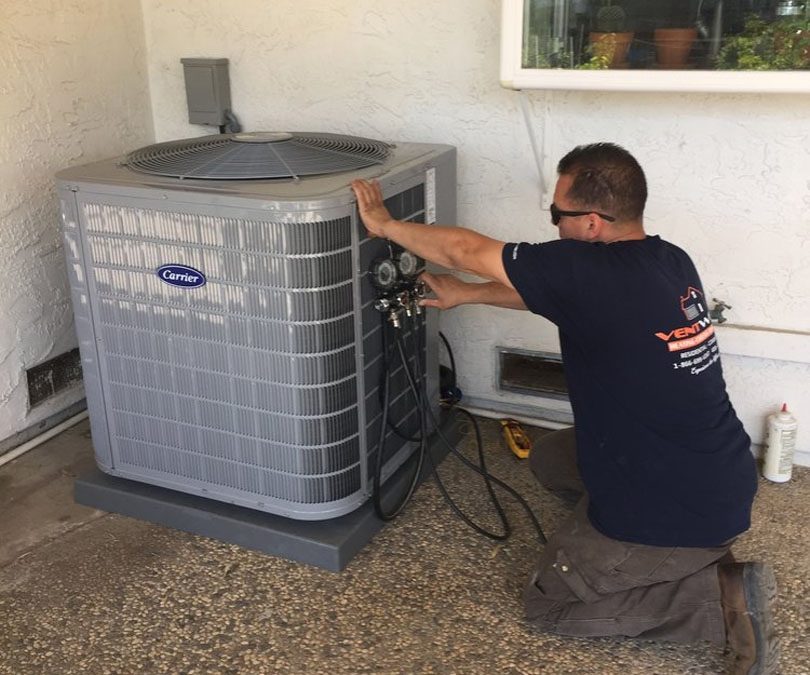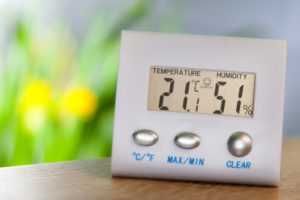HVAC maintenance might not be one of your priorities when it comes to ensuring your family’s maximum comfort and health, but beware — humidity levels have adverse effects on the human body. Managing your home humidity levels are essential not just for a comfortable household, but for a healthy one as well.
Indeed, managing indoor humidity is not just a matter of finding the perfect sweet spot tailored to your heating and cooling preferences.
“Since the humidity of your home is a constant background factor, you and your family could suffer from prolonged exposure to too much or too little humidity before you even know it.”
Before we get to HVAC maintenance and the proper management of home humidity levels, let’s go through the basics:
Home Humidity Levels 101
Maintaining the right humidity levels in your home amounts to little more than making sure you feel cool in the summer and, of course, warm in the winter, in laymen’s terms.
Of course, as mentioned earlier, it turns out humidity levels are much more important than just being factors that contribute to comfort.
Too much or too little humidity can increase the risk of respiratory problems or disorders, such as:
- Heat cramps
- Heatstroke
- Sore, scratchy throats
- Dry sinuses or nasal passages
- Dry skin and chapped lips
- Increased risk of asthma attacks
In addition to maintaining the comfort and healthy lifestyles of you and your family, the right humidity levels will also help ensure that your installed HVAC systems are running efficiently.
This means less maintenance work and fewer repairs necessary in the long run. Too much or too little humidity can cause damage to both the inside and outside of your house.
Obviously, you don’t want humidity to be too high or too low.
Too Little Humidity
Low humidity is common where the climate is cold, or during colder seasons. This is mainly due to cold air not being able to hold water vapor. This also means older homes that are less energy-efficient are more likely to suffer from dry air.
You’ve got low humidity if the air in your home is dry and lacks moisture. Dry air causes sore sinuses and throats, as well as dry skin and even an increased risk of catching a cold.
As for your home, dry air can cause wood panels and floors to shrink. It even influences fine-tuned instruments like pianos and cause them to go out of tune.
Remedying Low Humidity
The most common way to fight dry air is to install a humidifier. These appliances must always be kept clean, which necessitates a regular filter-changing schedule as per manufacturer’s instructions.
Humidifiers typically work by having a wicking filter absorb water, and then using a fan to blow through and evaporate portions of the water. These are evaporative humidifiers.
Humidifiers can only humidify so much room, so you need to make sure the ones you install can properly humidify the space you want. Another important consideration is how much water it could hold – if you buy one with low water capacity, you’ll have to constantly refill it.
Too Much Humidity
A home that’s much too humid can be as problematic as one that’s too dry. Too much moisture stains walls and ceilings, and even peels your wallpapers and paint. The humid conditions are also attractive breeding grounds for rot, mold, and insects.
Now, many people don’t realize that just because they have newer, energy-efficient homes doesn’t mean they’re less prone to humidity problems.
In fact, these types of homes are more likely to suffer from too much humidity. Energy-efficient homes are usually sealed airtight to prevent energy loss from wasted cooling and heating.
But sealing in the air systems also means sealing in the moisture, and it can build up in the background to cause problems if not addressed early.
Remedying High Humidity
Exhaust fans can pull out excess moisture from the air, so installing them in rooms that tend to collect more moisture – basements, laundry rooms, and kitchens, for instance – is a good move. However, too many exhaust fans could get pricey, not to mention unwieldly in terms of interior design.
Another common countermeasure against too much humidity is a dehumidifier, which is essentially an air conditioning unit with both cold and hot coils.
Air is blown by a fan through the cold coil to condense the moisture in it. The condensed moisture drips down into a collector. The dehumidified air is then blown through the hot coil to restore it to its original temperature.
What are the Right Home Humidity Levels?
While your preferences will dictate how comfortable you are with your home temperature and humidity, there are some general guidelines you can follow to keep your home in a constant state of sufficient humidity.
The American Society of Heating, Refrigerating and Air-Conditioning Engineers (AESHRE) recommends that you keep to an optimum humidity level of 45% to 55%, as this range has been shown to manage the health effects of humidity properly.
According to AESHRE:
- Too low (dry air): Below 30%
- Comfortable range: 30% – 60%
- Recommended range: 45% – 55%
- Too high (too much moisture): 55% – 80%
Make sure to call HVAC professionals in case you need help. You can easily get free estimates on anything from new installations to upgrades or repairs.




